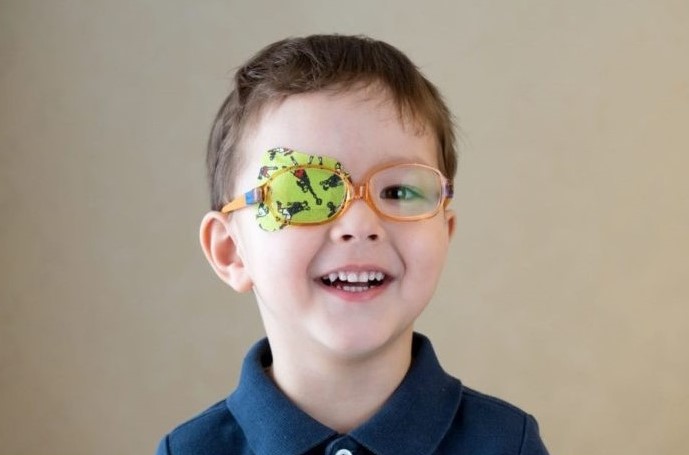1
Amblyopia, often referred to as “lazy eye,” is a vision disorder that affects millions of people worldwide. While it is commonly associated with children, amblyopia can persist into adulthood, significantly impacting quality of life. Despite its prevalence, many adults are unaware that treatment options are available beyond childhood. This blog post aims to shed light on adult amblyopia, exploring its causes, symptoms, traditional and breakthrough treatments, and sharing real-life patient experiences. By the end of this article, you’ll gain a deeper understanding of amblyopia and learn about the promising future of its treatment.
Adult amblyopia occurs when the brain favors one eye over the other, leading to decreased vision in the weaker eye. The condition usually develops in childhood, but if left untreated, it can persist into adulthood. Causes of amblyopia include strabismus (misalignment of the eyes), significant differences in prescription between both eyes, or deprivation due to eye problems like cataracts.
Symptoms of adult amblyopia can vary, with some individuals experiencing blurred vision, poor depth perception, or difficulty with tasks requiring precise vision. Others may not realize they have amblyopia until an eye exam reveals the condition. Understanding the symptoms and causes is crucial for early detection and treatment, enabling adults to explore available solutions and improve their visual health.
Traditional Treatments for Amblyopia
Traditional treatments for amblyopia often focus on strengthening the weaker eye through various methods. Common approaches include patching the stronger eye to encourage use of the weaker eye, or using atropine eye drops to blur vision in the stronger eye temporarily. These methods aim to force the brain to rely on the weaker eye, promoting neural development and improved visual acuity.
However, conventional treatments have limitations, particularly for adults. Many treatments are designed for children, as their visual systems are more adaptable. For adults, these methods may not be as effective, leading to frustration and the belief that little can be done to improve their condition. Despite these challenges, traditional treatments remain a foundation for exploring new, innovative solutions for adult amblyopia.

Breakthrough Solutions in Amblyopia Treatment
Recent advancements in technology and research have opened new doors for treating adult amblyopia. One promising solution is the use of perceptual learning, where patients engage in computer-based visual tasks designed to enhance neural connections in the brain. Studies have shown that perceptual learning can lead to significant improvements in visual acuity and contrast sensitivity, offering hope for those who have struggled with traditional treatments.
Another breakthrough is the use of virtual reality (VR) therapy. By creating immersive environments that require both eyes to work together, VR therapy can help retrain the brain to balance input from both eyes. This approach has gained traction for its engaging and interactive nature, making it an appealing option for adults seeking alternatives to traditional methods.
Additionally, advances in ocular pharmacology are being explored to develop medications that could improve neural plasticity and enhance the effectiveness of amblyopia treatments. While these solutions are still in the early stages of research, they hold promise for transforming the landscape of adult amblyopia treatment.
In conclusion, the landscape of adult amblyopia treatment is evolving rapidly. By combining traditional methods with breakthrough innovations, individuals can anticipate a brighter future with improved visual health. We recommend exploring Revital Vision US, which offers advanced solutions for enhancing vision. Stay curious, stay informed, and take the first step toward better vision today—consider reaching out to Revital Vision US for more information on how they can help you!

